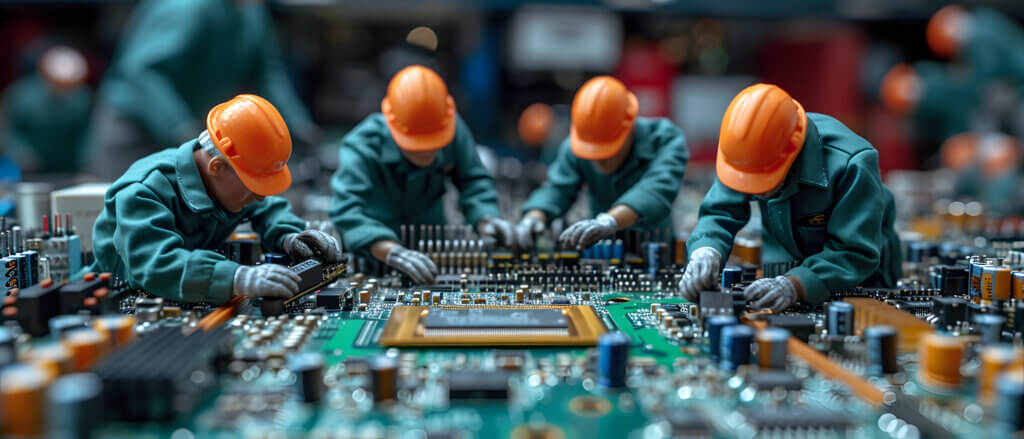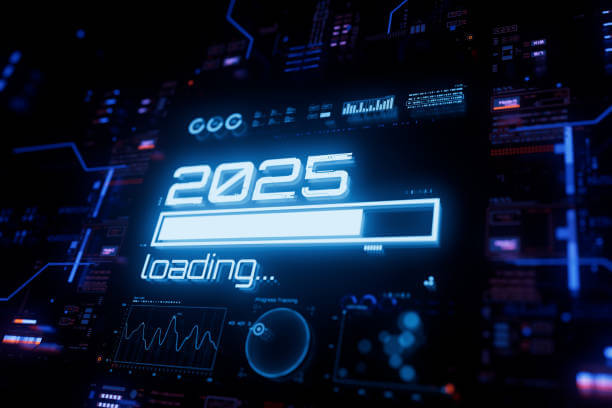We love to listen to your opinions – and to share our own!
Welcome to our blog – your place for practical advice, updates, and insights from the world of IT.
- Read more: Coffee & Cables: Chatting IT with Twin Systems’ MD
- Read more: IT Challenges in 2025
- Read more: Self-care is not self-indulgence, it is self-preservation.
- Read more: ‘ISO 27001 is simply the global gold standard for effective information management.’
- Read more: Liquid Cooling Innovation for a Highly Efficient Data Centre
- Read more: True Resilience It has to be RO2 (formerly RA02)
- Read more: Ten reasons to consider a CoLo service
- Read more: Role Swapping





